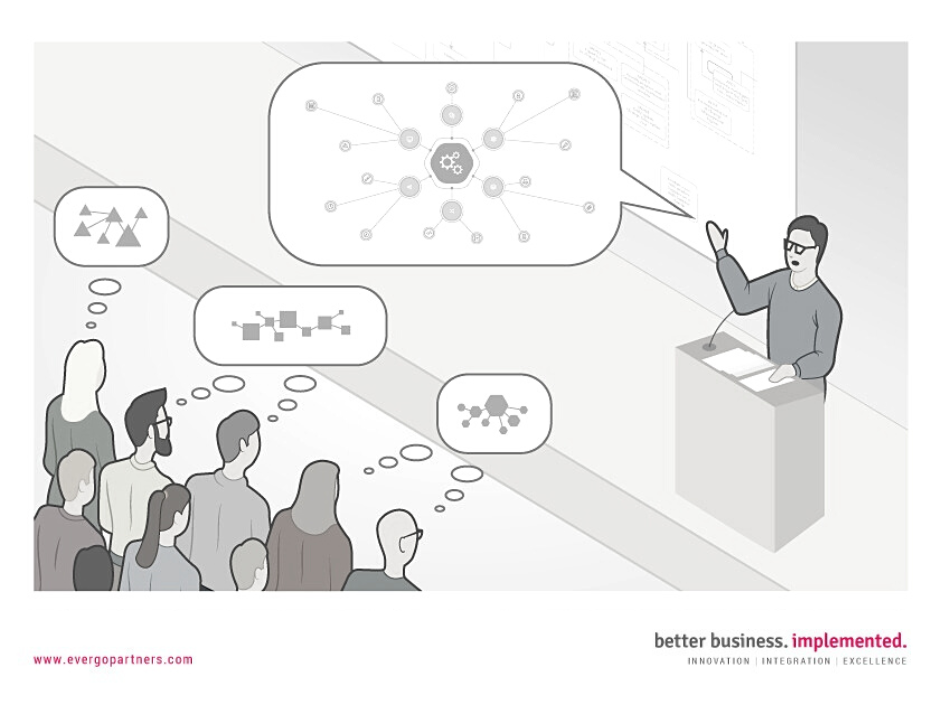Introduction
To communicate properly in project management, we have to be sure that every stakeholder understands his/her role, tasks and goals. The best and the only way is to communicate using the same language.
But – the same language doesn’t mean the same message. We work within global environment, multicultural project teams, etc. It is obvious that even when we talk the same language, we are not guaranteed the same understanding of the message and the same meaning of it.
If you have ever been in different language country you should know what I mean.
Different accents
The accent isn’t the same. What does it mean? Each of us can read many jokes in the internet, the best one (for me) is the one, which is a advertisement of Berlitz: https://youtu.be/WuLQRJ4kXQ4
Are you laughing? Of course, you are :-). But … can you imagine that this situation is actually true? Can you imagine the ending of this story? …Yes, the boat will sink. Now you know.
Except for the British Queen, everyone who speaks English has an accent. It’s not a big deal in those days. But sometimes you have to be very careful when you hear „dill“ … Just remember about to whom are you talking. Long time ago, accents were indeed a problem when native speakers were not accustomed to foreign accents. But these days it isn’t a problem anymore. Some say, that speaking with a strong accent is like wearing a suit – it makes you appear smarter. Just try to remember about it and think twice before you get angry or confused.
Shortcuts and abbreviations
If you communicate with your project team using shortcuts make sure that all stakeholders understand them. In the beginning of the project you can make a list of common terms and their abbreviations.
Make sure that when you are speaking about a “bridge meeting” everyone in your team knows not to go to the bridge on the river. When you write “WoW”, make sure that nobody doesn’t start to play on World of War Craft and that the team knows that you mean Ways of Working. Sometimes those abbreviations are obvious only for a part of the team, or even only for you.
When you are writing in email any of those abbreviations you should be sure that your mail recipient knows what you mean, otherwise you will waste time clarifying questions. Help your recipients understand what did you mean exactly. In some circumstances you can cause some problems for your team. Lack of common language creates a problem, always.
Using modal verb
Next one: be aware when you are using could, would, should. Make sure that the person to whom you are speaking or writing those words knows your expectations. I could go to the mountains this weekend, but I won’t so- I will not go. I would like to go for Mt. Everest but I can’t go. I want to make sure that you understand what I mean – that’s why I’m giving you all those examples. When you are kindly asking about possibilities, giving permissions or requests make sure that your team knows that sometimes you have specific expectations. The best way to ensure your team understands the meeting is to ask everyone what are their tasks at the end.
You should do it in the end of the meeting, email, conversations to have summary of expectations and tasks.
SUMMARY
- Remember about cultural differences among all people in your team;
- Remember about different accents;
- Always be sure that the team understands abbreviations and shortcuts, especially when there are new project members;
- Make sure everyone understands your expectations when you use modal verbs.
And one more, which is obvious, no one reads your mind, so you have to communicate verbally or in writing to be heard and well understood.





